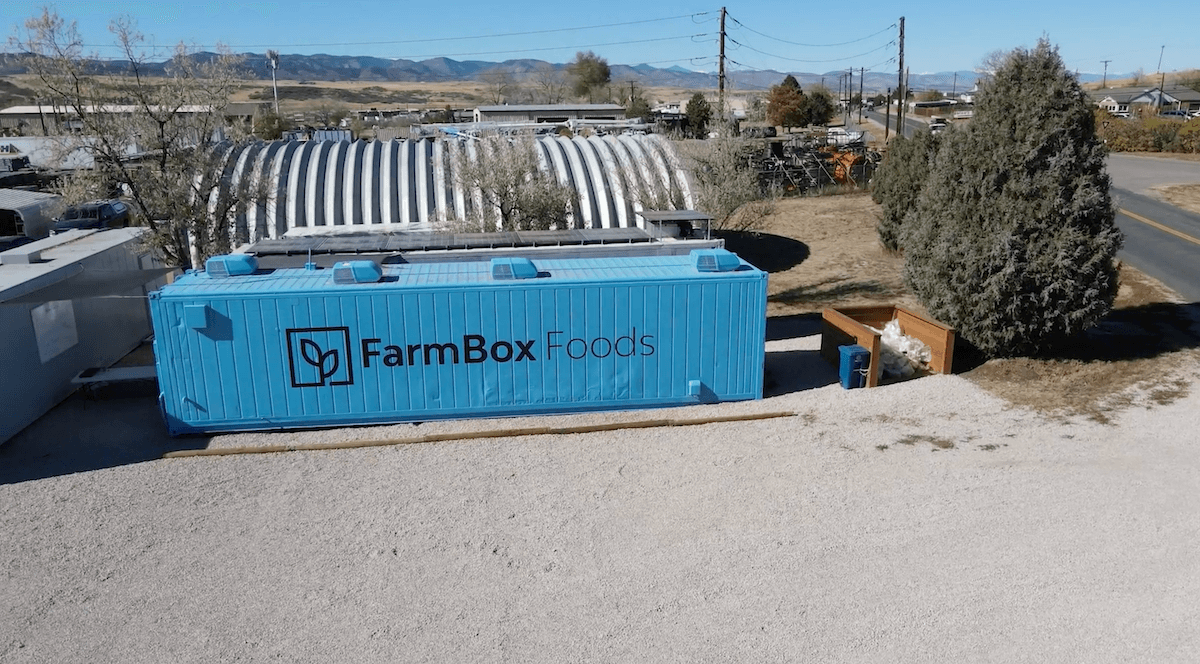There’s a mismatch between increasingly dire forecasts of catastrophic climate change and the sedate growth of climate financing.
A few days after the #BlackFridayReport (aka the National Climate Assessment Report) comes an estimate that global climate-finance flows ticked up about 15% last year to between $510 and $530 billion.
That’s an improvement from 2016, when climate financing actually fell from the previous year, reflecting the falling price of renewable energy – and fewer such projects.
“While these increases are undoubtedly good news, we are still falling far short of what is needed to transition the overall economy to a low-carbon, climate-resilient future,” concludes the Climate Policy Initiative, which surveyed available data.
- Financing gap. Last month’s report from the U.N.’s Intergovernmental Panel on Climate Change calculated the need for annual energy-system investment of between $1.6 and $3.8 trillion to keep global warming below 1.5 degrees Celsius.
- Worst-case scenario. Last week’s 1,656-page report by scientists from 13 U.S. agencies painted a worst-case scenario for 2090, in which extreme heat causes losses of $155 billion per year, coastal property damage reaches nearly $120 billion per year and shave more than 10% from the U.S. economy. (Note to readers: We are on a worst-case trajectory.)
- Bright spot. Investment in electric vehicles shows compounded annual growth of 54% since 2012, according to the Climate Policy Initiative report. A blinking red light: investments in fossil-fuel projects remain higher than investments in low-emission, climate-resilient infrastructure.” Estimated financing for climate adaptation (rather than mitigation) was a paltry $22 billion.
The sluggish growth of climate financing will challenge delegates to the U.N. climate talks that begin Dec. 2 in Katowice, Poland.
“Neither global efforts to mitigate the causes of climate change nor regional efforts to adapt to the impacts currently approach the scales needed to avoid substantial damages to the U.S. economy, environment, and human health and well-being over the coming decades,” concluded the #BlackFridayReport.











